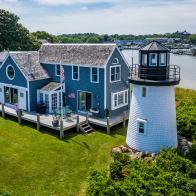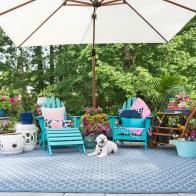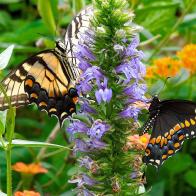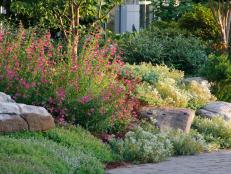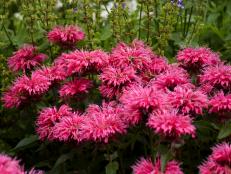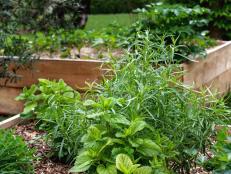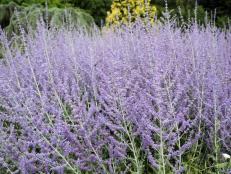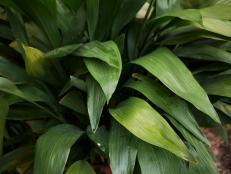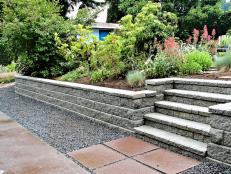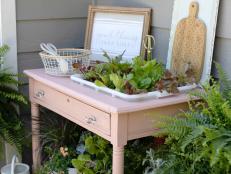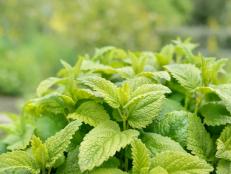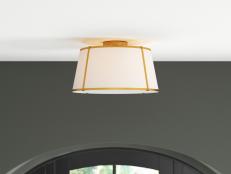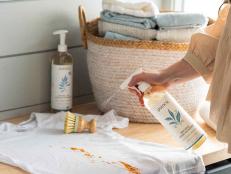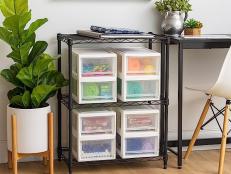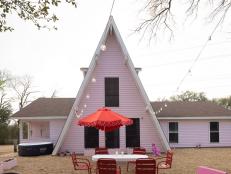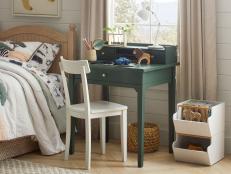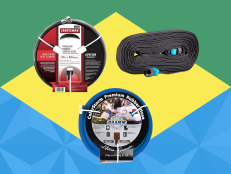How to Create a Certified Wildlife Habitat
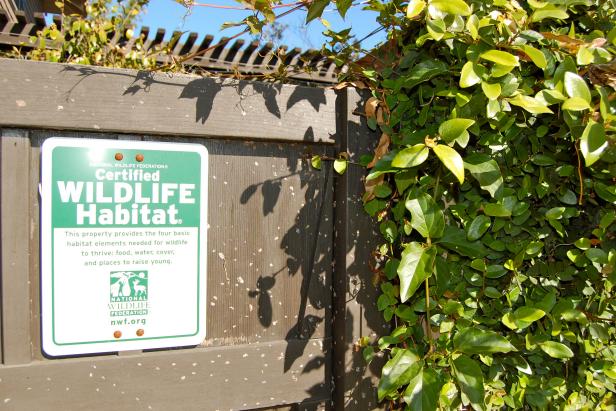
Image courtesy of Barbara Le Beau.
Look out your window. What do you see? A balcony? A backyard? No—it’s a wildlife habitat in the making! According to the National Wildlife Federation, there are more than 150,000 certified wildlife habitats across the country. They’re outside schools, businesses, places of worship, community gardens, nature centers, apartments and homes just like yours. Didn’t know you could certify your own outdoor space as a wildlife habitat? You do now, so let’s get started.
Whether you have a small slice of outdoor space or acreage to spare, anyone can participate in the program. “The process of getting your outdoor area certified is extremely easy,” says landscape designer Genevieve Schmidt, who is on the short list of NWF recommended landscaping professionals. “The hardest part is structuring your garden so that it has all of the habitat elements required.”
Chances are good you’re already doing many of these things. HGTVGardens readers are awesome like that.
Step 1: Provide a minimum of three food sources. “This can come from food provided naturally by plants, such as seeds, nuts, berries, fruits, nectar, sap, foliage, twigs or pollen,” Schmidt says. “Supplemental feeding with feeders is a great way to support birds, hummingbirds, butterflies and squirrels through winter and other tough times of the year.” Schmidt also suggests using lots of native plants, which are familiar to the local wildlife. “Many ornamental plants are bred to have bigger, more beautiful berries, but local birds often can’t get their beaks around those,” she says.
Step 2: Provide at least one water source. If you’re one of those lucky ducks with a lake or beachside home, you can check this one off the list. The rest of us can fill a small dish with pebbles and water for the birds and bees or even create a tiny pond. Whatever you do, make sure it’s something wildlife can actually use. “A lot of decorative bird baths have slick, steep edges that birds can’t grip onto,” Schmidt says. “It’s much better to have a rough surface so they can feel safe and secure while drinking or bathing.”
Step 3: Provide at least two sources of cover. Sometimes we just need to get away from it all, right? “Providing cover is probably the least intuitive way of helping wildlife because so many sources of cover could be misconstrued as messy,” Schmidt says. “A brush pile, log pile, wooded area, dense shrub or thicket, meadow planting, cluster of evergreens or rock pile are all great options.”
Step 4: Provide two places where wildlife can raise their young. “This isn’t as hard as it may sound,” Schmidt says. “In an urban setting, you can use a birdhouse, a small tree in a patio container or a host plant for your local butterflies.”
Step 5: Get certified! Go to the NWF’s website, check the boxes that apply to your space, elaborate a little bit on your habitat and pay the $20 fee, which gets you a subscription to the NWF’s magazine, a certificate and also goes towards NWF outreach. You can also spring for the $30 sign: Though this won’t help attract more wildlife, it might inspire neighbors to create their own wildlife habit.
Can you do all these things without getting certified? Sure. “But there’s something satisfying in feeling like you’re part of a community of gardeners across the nation, working towards the same goal of helping out local wildlife,” Schmidt says.
